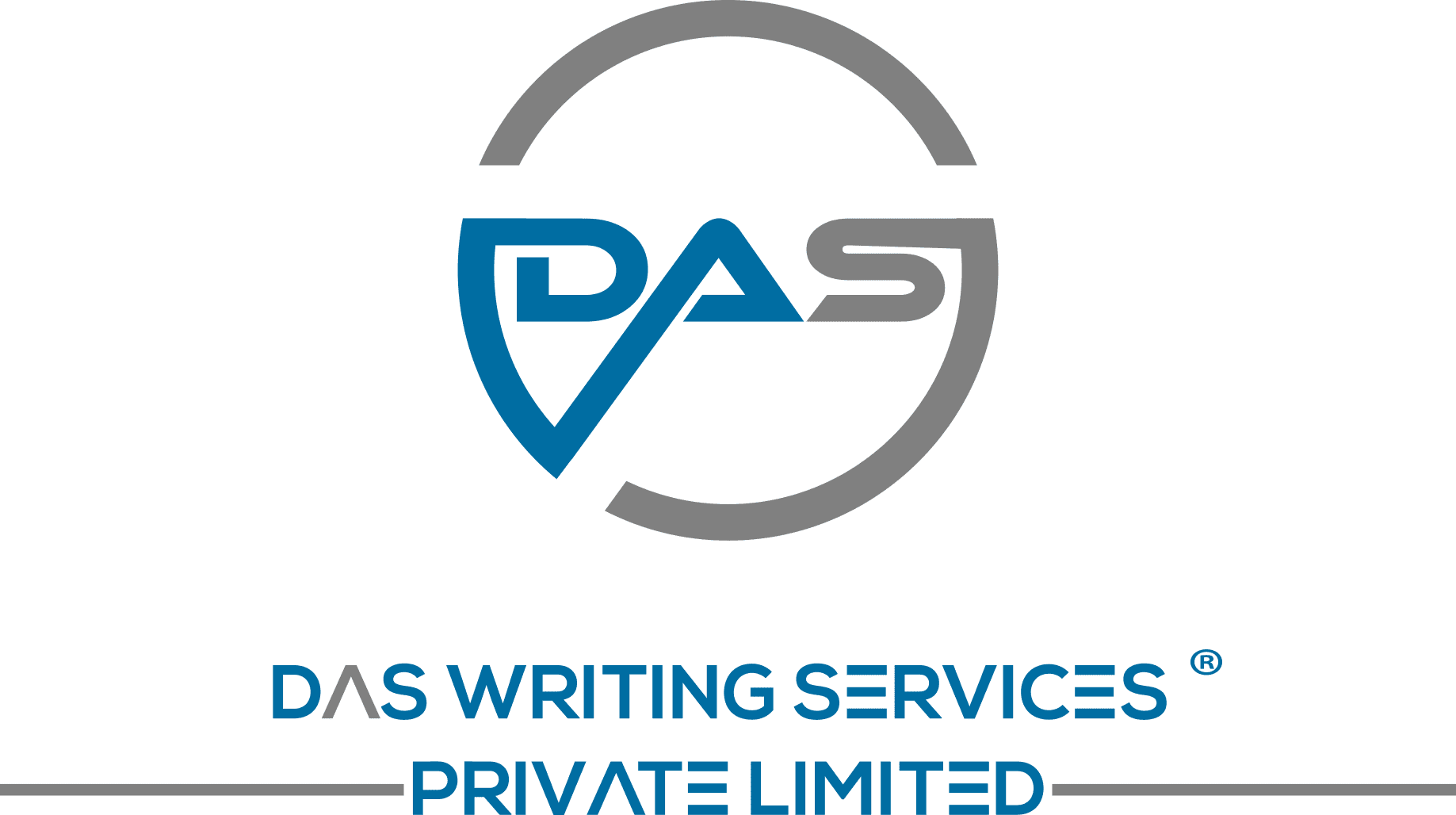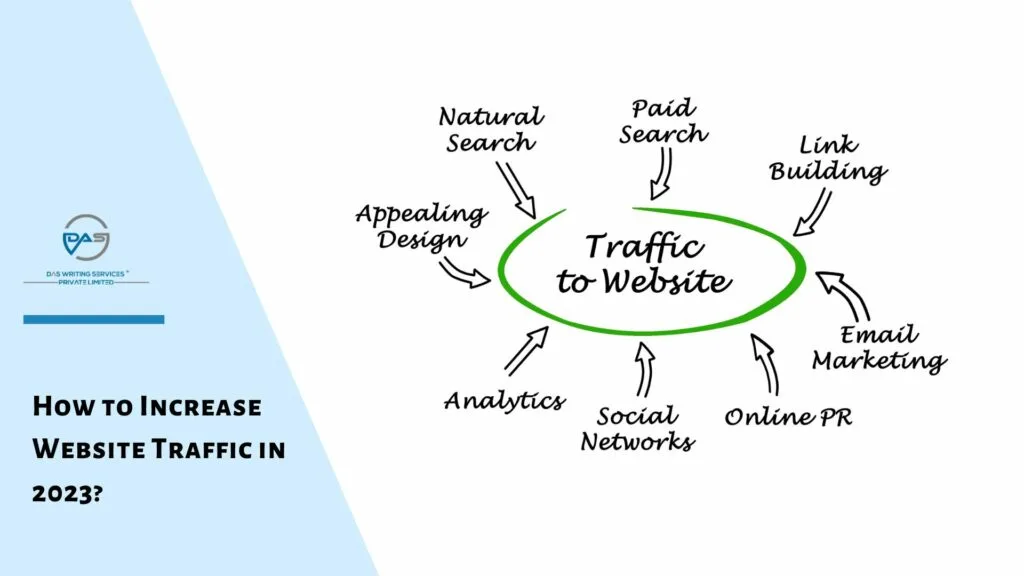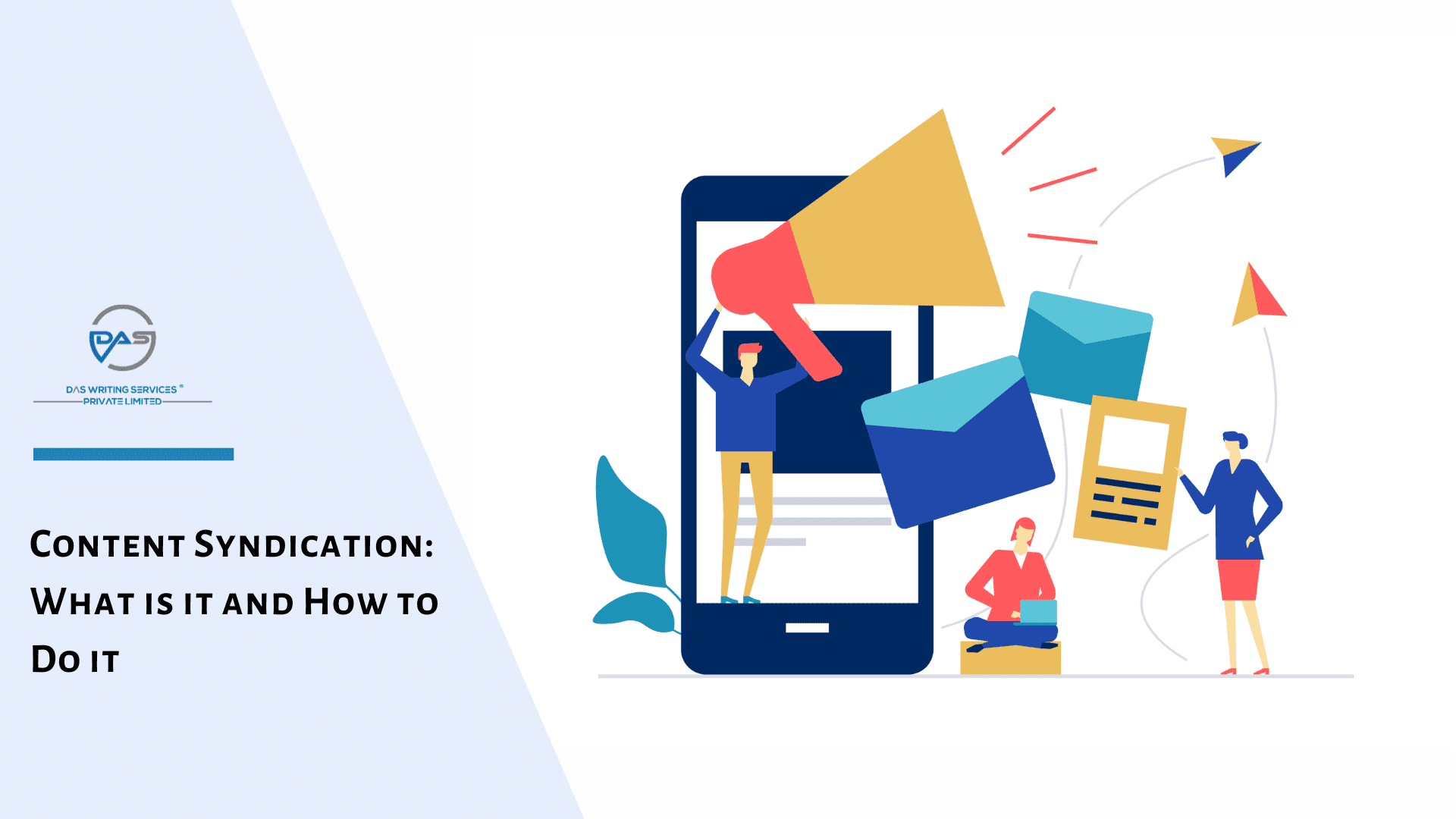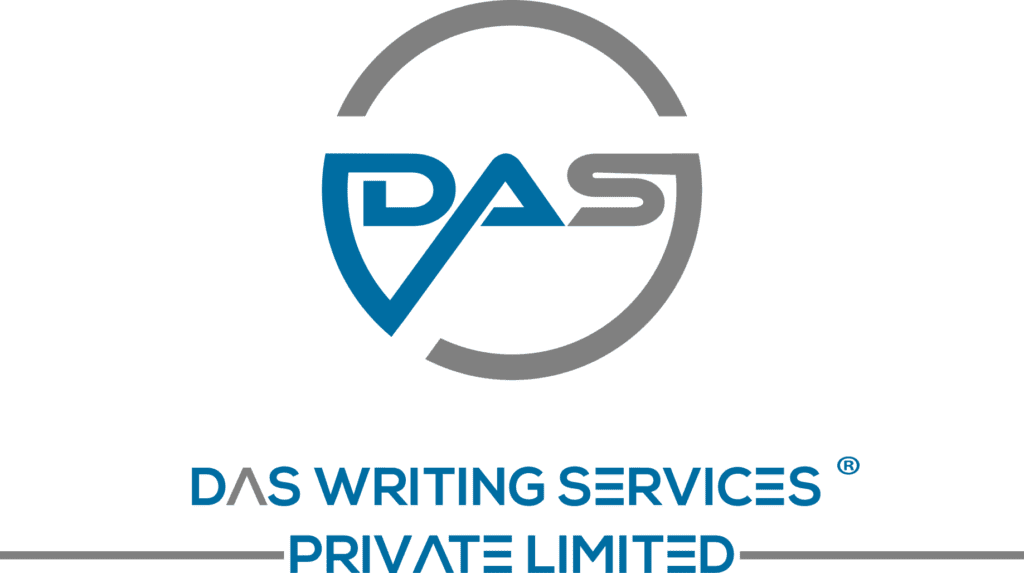Businesses are continuously looking for new, creative ways to improve their online visibility and increase revenue in this tech-savvy world. The fields of marketing have experienced substantial change, with performance marketing and digital marketing leading this digital revolution.
While both strategies have the same overarching objective of improving a brand’s digital footprint, their underlying techniques and results differ.
In this blog, we will explore the details of performance marketing vs. digital marketing, demonstrating the basic differences between these two marketing giants. Understanding these differences will help you to make more informed decisions, which will eventually enhance your performance in the competitive internet market.
What is Performance Marketing?
Performance marketing is a dynamic and results-driven approach to digital advertising where businesses only need to pay the advertisers for the specific marketing campaigns that are completed. Therefore, it places more emphasis on producing measurable results than traditional marketing strategies, which frequently depend on brand awareness and impressions, for e.g. PPC, leads, clicks, etc.
The strategies for this pay-for-performance marketing often utilise various digital channels, including search engine marketing, affiliate marketing, social media advertising, email marketing, and more. Real-time tracking and analytics are crucial because they give advertisers the knowledge they need to continuously improve their ads.
What is Digital Marketing?
Digital marketing refers to promoting products, services or brands to a target audience using a wide range of marketing strategies and tactics that use digital channels and technologies. It includes various online channels such as websites, search engines, social media, emails, mobile apps and more to engage with potential customers in the digital world.
Digital marketing uses a data-driven approach that allows marketers to gather and analyse valuable insights about consumer behaviour and preferences. This data-driven decision-making also enables to create personalised and targeted campaigns that maximise their return on investment and drive customer engagement.
Performance Marketing Vs. Digital Marketing: Key Differences
Let us explore the key differences between these two marketing approaches under various aspects:
| Point of Dissimilarity | Performance Marketing | Digital Marketing |
| Scope and Objective | It is a part of digital marketing that focuses on specific performance-based actions. Achieving measurable outcomes and a healthy return on investment (ROI) is the main goal. | Includes all marketing efforts performed using digital channels and technologies. The main objectives are to have a solid online presence, improve brand recognition, and interact with the target market. |
| Key Performance Indicators or KPIs | It depends on verifiable KPIs that are closely related to the goals of the campaign. Conversion rates, cost per acquisition (CPA), return on ad spends (ROAS), and customer lifetime values (CLV) are some of these indicators. | Measures success through various KPIs, such as website traffic, social media engagement, email open rates, and click-through rates (CTR). |
| Cost Structure | Uses pay-for-performance business strategy where advertisers only get paid when a specific conversion, like a click, lead submission, or sale, takes place. | Businesses allocate a defined budget for a variety of marketing activities, such as running social media advertising, creating content, or maintaining websites. |
| Targeting and Personalisation | The key components are exact targeting and customised message. Tailored advertisements are broadcasted to raise the possibility of conversions. Performance marketers may improve ads in real time for greater results thanks to this data-driven strategy. | Digital marketers may concentrate on increasing brand recognition among a variety of audiences and may utilise engaging and unique content to draw people in. |
| Campaign Optimisation | Performance marketers may quickly identify underperforming campaign components and make the required adjustments to increase performance. | Digital marketing campaigns are optimised based on overall marketing objectives and strategies. Changes and modifications may take longer to implement due to in-depth research and close collaborations. |
Advantages of Performance Marketing
Performance marketing offers numerous benefits that make it a highly effective and popular strategy for businesses looking to achieve tangible results and a competitive edge. Here are the top five benefits of performance marketing:
1. Pay for Performance
Unlike traditional advertising, where advertisers pay upfront with no guarantee of results, performance marketing follows a pay-for-performance model. Advertisers only pay when specific actions such as clicks, leads or conversions are achieved. This ensures that marketing budgets are used effectively and return on investment is optimised.
2. Measurable Results
Performance marketing relies on data-driven metrics and analytics to accurately measure the success of campaigns. Therefore, advertisers can track and analyse key performance indicators and gain valuable insights into the effectiveness of their strategies. This data-driven approach helps continuous improvement and better decision-making.
3. Targeted Audience Outreach
With access to rich audience data, advertisers can use performance marketing to accurately target their ideal customers. Thus, now, you can tailor your ads as per the demographics, interests or behaviours, to increase relevance and the likelihood of conversions.
4. Flexibility and Scalability
Performance marketing campaigns can be easily adjusted and scaled based on real-time performance data. Advertisers can optimise their strategies to capitalise on successful elements and quickly move away from underperforming elements to ensure maximum impact throughout the campaign.
5. The Diverse Use of Channels
This marketing leverages a variety of digital channels, including search engines, social media, email, partner platforms and more. This multi-channel approach increases brand visibility and engagement, reaching audiences across multiple touchpoints and devices.
How Performance is Measured in Performance Marketing?
In performance marketing, the success of advertising campaigns is measured by certain KPIs that reflect the desired actions or results. These metrics provide valuable insights into the effectiveness and efficiency of marketing efforts. Some common KPIs used to measure performance marketing are:
1. Click-Through Rate (CTR)
CTR measures the percentage of users who click on an ad’s link compared to the total number of impressions. A higher CTR indicates that the ad is well-received by the target audience.
2. Conversion Rate
The conversion rate calculates the percentage of visitors who perform the desired action, e.g. make a purchase, fill out a form or ask for a free sample. It directly reflects the effectiveness of the campaign in achieving the desired results.
3. Cost Per Acquisition (CPA)
The CPA calculates the average cost of acquiring a customer or lead. It helps advertisers understand the cost-effectiveness of their campaigns and which channels or strategies are most efficient.
4. Customer Lifetime Value (CLV)
CLV assesses the total value that a customer brings to a company throughout their business relationship. By using this, you can understand the long-term profitability of customer acquisition efforts.
5. Engagement Metrics
These include metrics such as time spent on a page, bounce rate and social media engagement, which provide insight into user engagement and interaction with content.
Advantages of Digital Marketing
Digital marketing offers a variety of benefits that have revolutionised the way businesses promote their products and services nowadays. Here are five top benefits of digital marketing:
1. Enhanced Reach and Global Presence
Digital marketing breaks down geographical barriers and allows businesses to reach a global audience. Since the internet is everywhere, businesses can connect with potential customers from different parts of the world and exponentially increase their market reach. By writing unique and relevant content, you can reach literally anywhere on this world through digital marketing.
2. Targeted and Personalised Approach
Digital marketing enables precise targeting audience based on demographics, interests, online behaviour and past interactions. This targeted approach makes sure that marketing efforts focuses on the most relevant potential customers. It increases the likelihood of conversions and customer retention.
3. Cost-Effectiveness
Compared to traditional marketing methods, digital marketing is generally more budget-friendly. Businesses can choose from different digital channels with flexible pricing options, optimise their advertising spend and achieve a better return on investment.
4. Real-Time Performance Tracking
Digital marketing provides real-time data and analytics, allowing marketers to monitor the performance of their campaigns instantly. This data-driven approach allows for quick adjustments and optimisations and makes sure that the marketers continuously make improvements for maximum impact.
5. Diverse Marketing Channels
Digital marketing offers a plethora of channels to reach target audiences, including social media platforms, search engines, email marketing, content marketing and mobile apps. This diversity helps businesses to engage with customers on multiple platforms. It improves brand visibility and customer engagement.
How Performance is Measured in Digital Marketing?
In digital marketing, performance measurement involves tracking and analysing various key performance indicators (KPIs) to evaluate the effectiveness of marketing strategies. Some important KPIs used to measure performance in digital marketing are:
1. Website Traffic
Tracking the number of visitors to your website on Google Analytics and its sources (organic search, social media, paid advertising, etc.) helps measure the success of marketing efforts in driving traffic.
2. Conversion Rate
The percentage of website visitors who take a desired action, such as making a purchase or filling out a form, measures the effectiveness of the campaign in converting visitors into customers or prospects.
3. Click-Through Rate (CTR)
CTR measures the percentage of clicks on an ad concerning the number of impressions, indicating how relevant and appealing the ad is to the target audience.
4. Return on Investment (ROI)
ROI calculates the revenue generated compared to the cost of the marketing campaign. A positive ROI means a profitable campaign.
5. Cost Per Conversion (CPC) or Cost Per Lead (CPL)
These key figures indicate the average cost of obtaining a conversion or a lead and help to assess the cost efficiency of a campaign.
6. Social Media Engagement
Key figures such as likes, shares, comments and followers on social media platforms reflect the engagement of the target group and the visibility of the brand.
Performance Marketing Vs. Digital Marketing: Which Should You Choose?
Performance Marketing and Digital Marketing are two distinct yet intertwined strategies that you can employ to accomplish your marketing objectives seamlessly. But you must first understand how the two strategies differ in nature and practice to make the best marketing decision that aligns best with your company.
Both approaches possess their own merits and cater to divergent objectives. If a company aspires for instantaneous outcomes and a straightforward connection between marketing expenditure and results, Performance Marketing emerges as a fitting choice. It particularly excels in transient campaigns and product debuts.
In reality, the choice between Performance Marketing and Digital Marketing is not necessarily an “either-or” decision.
A well-rounded marketing strategy often combines elements of both approaches. By leveraging the strengths of each strategy, businesses can create a comprehensive marketing plan that addresses short-term goals while also fostering long-term growth and brand building.
Ultimately, the choice of which approach to prioritise should be based on a company’s distinctive marketing goals, target audience, and financial resources. Carefully assessing the specific requirements and desired outcomes will enable businesses to determine whether to emphasise immediate, quantifiable results through Performance Marketing or invest in cultivating a sustainable online presence and brand reputation through Digital Marketing.
Final Takeaway
We have found the distinctive features of these two powerful tactics in this analysis of performance marketing vs. digital marketing. Digital marketing’s adaptability and wide-ranging reach enable it to produce captivating brand experiences; on the other hand performance marketing’s data-driven precision has demonstrated success in producing quantifiable results.
The achievement of unmatched success depends on achieving the ideal balance between these strategies as digital ecosystems continue to change. Marketing professionals can stay flexible and competitive in the market by adopting innovation and a proper balance.
Frequently Asked Questions
1. Performance marketing vs digital marketing: which marketing approach is better for small businesses?
For small businesses with limited budgets, a well-planned Performance Marketing strategy can be advantageous. It allows them to focus on specific actions that lead to conversions or sales, ensuring efficient use of resources and maximising the return on investment.
2. Is there a specific industry where one approach out-performs the other?
This may change based on the type of industry. Performance Marketing tends to excel in industries with clear conversion goals, such as e-commerce and lead generation. Digital Marketing is more versatile and adaptable across a wide range of industries, including service-oriented businesses and brand-driven sectors.
3. Can I use Performance Marketing for branding purposes?
While Performance Marketing primarily focuses on achieving measurable outcomes, you can also leverage it for branding. By using targeted ads and compelling messaging, Performance Marketing campaigns can increase brand visibility and recognition which will contribute to overall brand-building efforts.
4. How do these marketing strategies adapt to changes in consumer behaviour?
Both are flexible strategies and can adapt to changes in consumer behaviour. Performance Marketing relies on real-time data analysis to identify shifts in consumer preferences and optimise campaigns accordingly.
5. Between performance marketing vs digital marketing, which approach is more suitable for businesses with a global target audience?
Both of these are adaptable for a global target audience. Performance Marketing allows precise targeting based on user behaviour and demographics, making it effective for reaching specific segments across different regions. Meanwhile, Digital Marketing tactics like multilingual content, localised social media, and region-specific SEO can help businesses connect with diverse audiences on a broader scale.





Leave a comment
All comments
prewarmed smtp server
I found the section on leveraging customer feedback in emails very useful.
Arghish Das
This is a really helpful post! It's great to see the difference between performance marketing and digital marketing. Thanks for sharing!